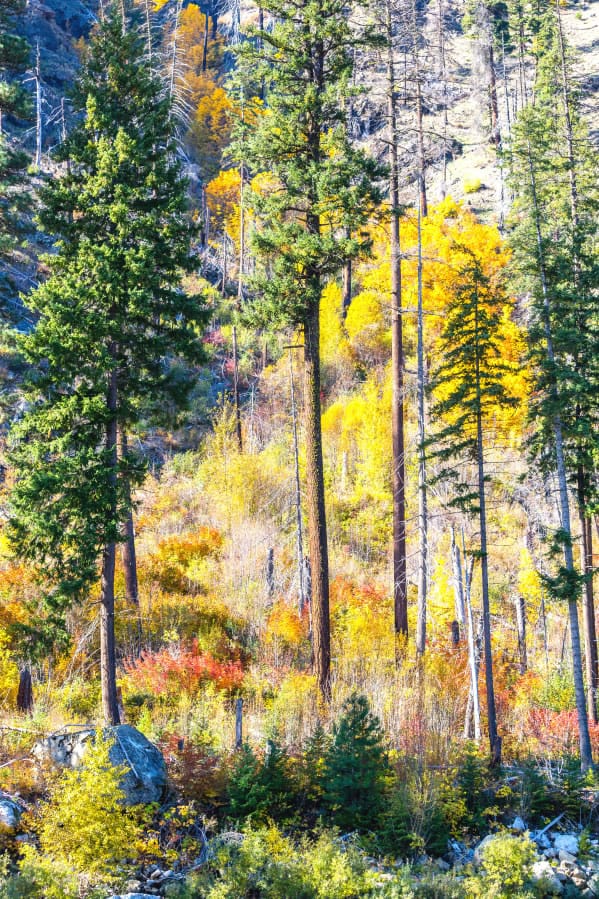Summer is over.
As the sun’s rays become less intense, the season for leaf-peeping and brilliant foliage is upon us. It’s the lack of sunlight that influences leaves’ ability to generate food, and it will ultimately lead to the change in color.
Leaves have a sugary diet; plants produce glucose to feed on. They use glucose as energy for respiration — breathing in carbon dioxide and exhaling oxygen.
Creating glucose can take a lot of time, but sunlight speeds up the chemical reaction. To capture sunlight and snag the energy associated with it, leaves are covered with chlorophyl, which is a remarkably effective at absorbing sunlight.
Chlorophyl preferentially absorbs the red and blue parts of the visible spectrum, which is why the leaves are green — it’s the only color left to be reflected.
Chlorophyl isn’t the only chemical residing inside a leaf. The rest of the chemicals are apparent in fall, when the plant’s food engine shuts down.
Carotenoid is responsible for the yellow, orange, and brown colors in vegetables, whereas anthocyanin creates the red color present in many fruits. These chemicals are in all plants, but are generally overpowered by the green chlorophyll.
The subdued colors can emerge from their hiding every so often, only when the chlorophyll disappears for the season.
Temperature has very little affect on the shade of leaves; instead, it all comes down to the amount of sunlight. When fall arrives and the amount of daylight wanes, photosynthesis comes to a halt and chlorophyl dwindles. This allows us to see the other colors layered beneath.
Eventually, the leaves can’t do their job, unable to cook up enough nutrients to help the tree continue life processes. At this point, the leaves are taking more energy than they’re producing, and it becomes a burden for the tree to keep them. So they drop — and all seem to blow from our neighbor’s trees into our front yard.



